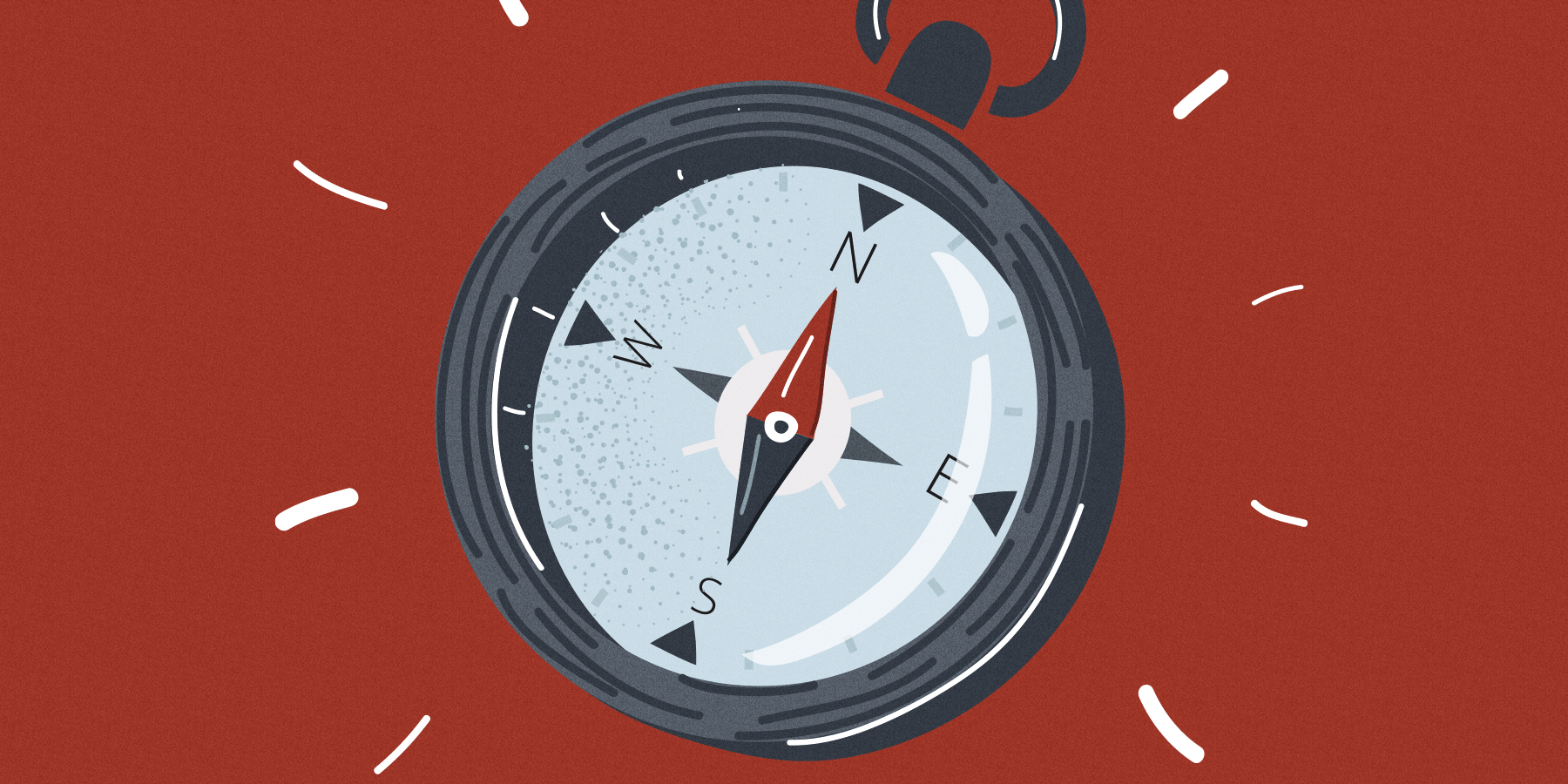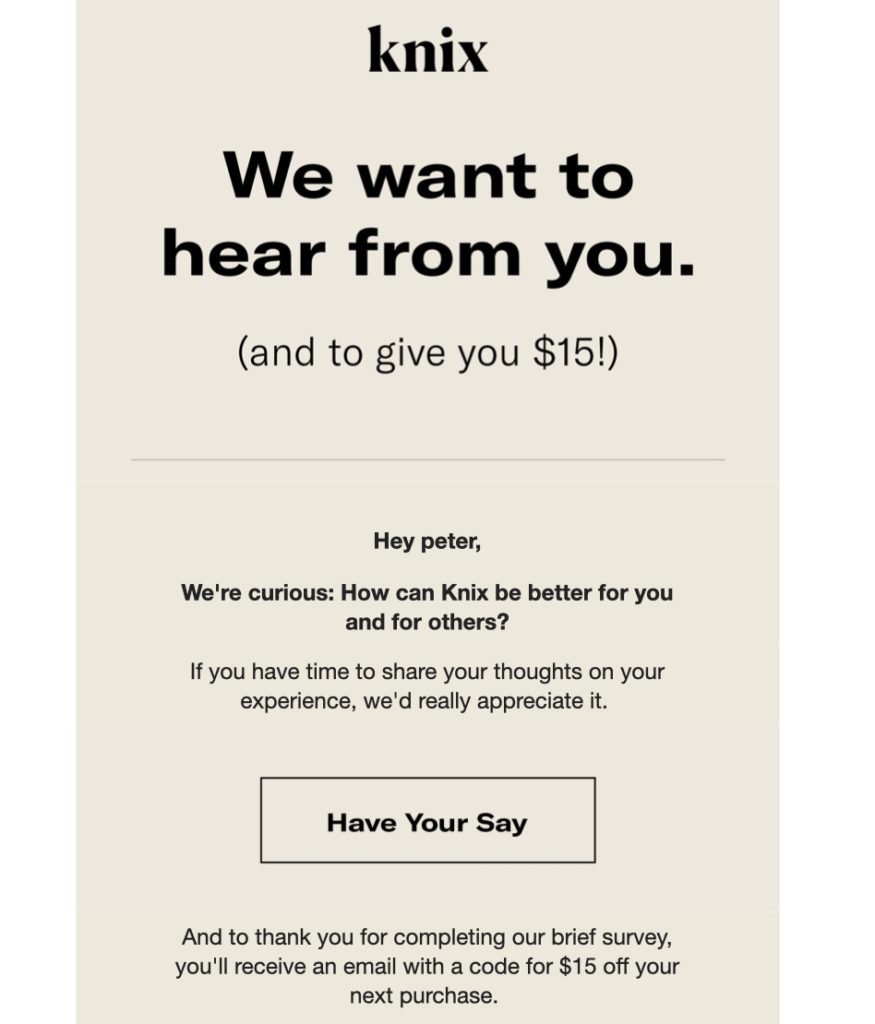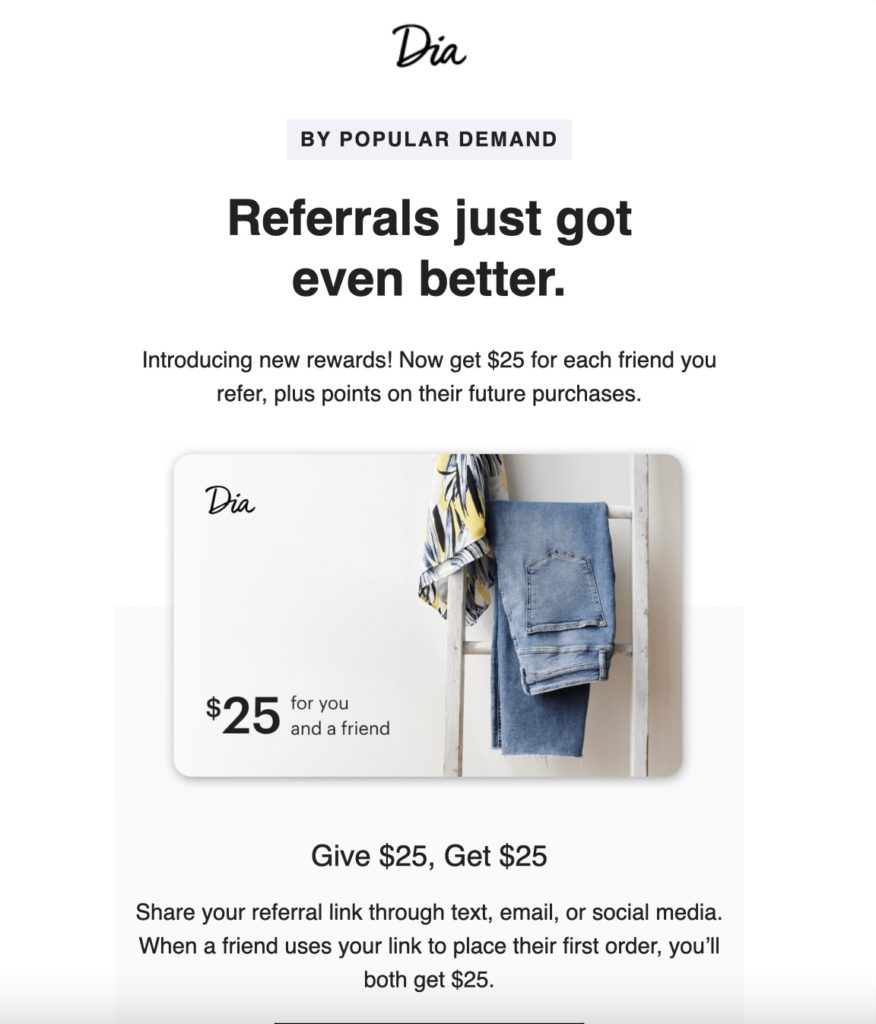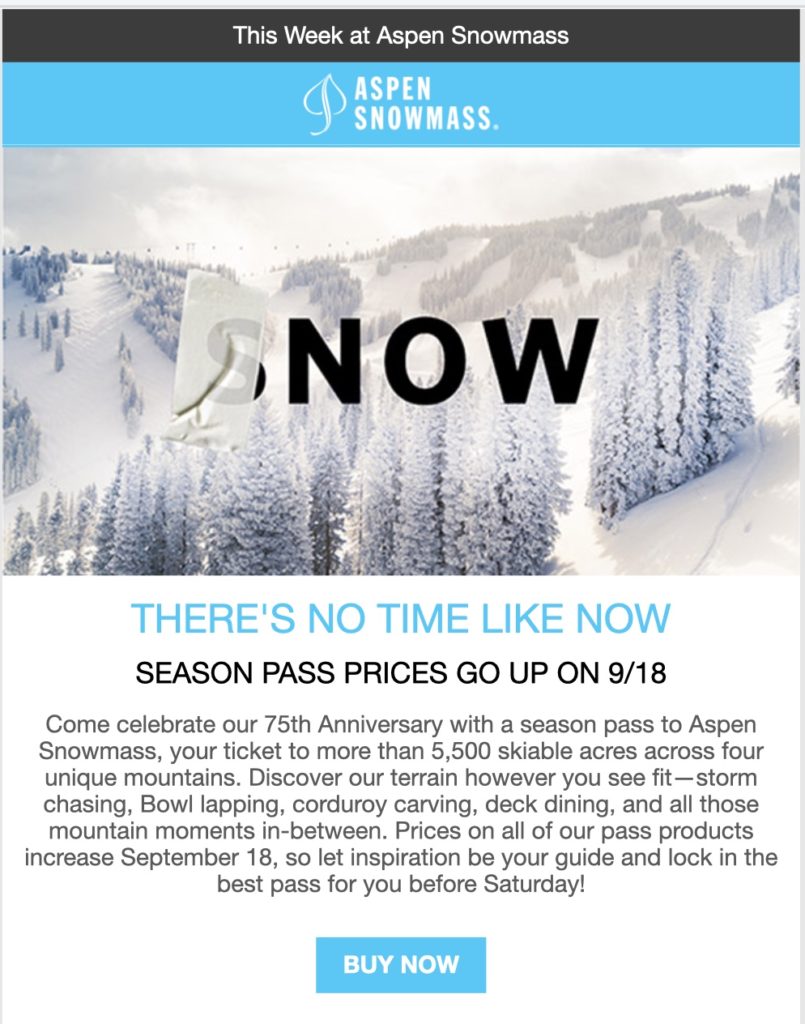
If you’ve just finished another chaotic peak sales season, take a moment to celebrate.
Congratulations! It’s time to take a deep breath, regroup, and work on strategy.
Peak sales season represents the year’s high point of traffic and sales for most businesses. This period used to extend from Thanksgiving through New Year’s Day. Now, it starts in October and lasts until mid-February—meaning a pressure-filled few months for most email marketers.
After this massive effort, it might be tempting to kick back and relax. But not so fast: You still have targets to hit and subscribers to engage.
With the right preparation, you can make the most of the off-season by finding new ways to engage customers, improve your email program, and lay the groundwork for an even more successful peak sales season in the future.
Not sure where to start? Follow these tips for a successful email marketing off-season:
1. Solicit customer feedback
View the off-season as a learning time to sharpen buyer personas, build customer trust, and let your subscribers know their voices are being heard.
Many brands use the off-season lull to send customer surveys, request reviews, and gather general feedback. Sure, you have your usual go-to performance metrics to measure which offerings (campaigns, products, webinars, etc.) were hits and which fell flat. But gathering customer feedback straight from the source can provide valuable insights that go beyond numbers.
Requesting reviews also supplies you with more content to use throughout the year. Look for ways to feature positive reviews or testimonials in emails, on your website, and on social media.
Brands are recognizing the inherent value of customer feedback and offering incentives accordingly. This example, from intimate apparel retailer Knix, offers customers $15 off their next purchase in exchange for completing a feedback survey.
Don’t be afraid of a few negative reviews here and there: View them as a learning opportunity to improve the customer experience.
2. Maintain a regular sending volume
Reducing your regular email sending volume during the off-season is normal. But email marketers still need to maintain a regular cadence.
Why? Consistent email communication keeps your brand top of mind for subscribers. Even if they’re not looking to buy right now, they’ll naturally think of your brand first when they’re next in the market for your product or service,
Going too long without sending emails can cause subscribers to forget your brand. This makes your audience more apt to unsubscribe or mark emails as spam when you finally reach out.
If you send three (or more) emails per week during peak sales season, try scaling back to a weekly send during the off-season. This reduced volume keeps you visible to your audience without leaving you at risk of sending potentially repetitive content to fatigued subscribers.
As peak season approaches, slowly ramp up your cadence so subscribers (especially new ones) aren’t overwhelmed by a sharp increase in emails.
3. Start a customer referral program
Start a referral program to reward customers who spread the word about your brand. Word of mouth is a great marketing tool, and most people are more than willing to join the conversation with a little nudge.
Once again, cash incentives can be king. This example, from clothing retailer Dia, offers subscribers a $25 coupon for them and the friend they refer to the brand.
4. Implement a re-engagement campaign
Sending a re-engagement campaign during the busy holiday season will likely fall on deaf inboxes. Your subscribers’ inboxes are stuffed during this time. The last thing they want is more emails.
However, the off-season is the perfect time to win back disengaged contacts. Without the influx of holiday or seasonal emails as competition, there’s a better chance your re-engagement campaign will win your audience’s attention.
Take this time to reach out to them with a carefully planned re-engagement cadence. Ensure this cadence includes a prominent preference center link so subscribers can share how often they’d like to receive emails and if they’re interested in specific types of content.
If there’s still no activity from certain subscribers, you can confidently move them to a suppression list.
Suppressing unengaged subscribers helps you build a better sender reputation and maintain consistent deliverability when it matters most—the next peak sales season.
5. Plan customer contests
Collaborate with your social media team to run customer-centric contests. A common contest strategy includes offering ways for people to gain multiple entries by sharing a certain hashtag or tagging your company on various social platforms.
You can also use customer contests to grow your subscriber list by sharing a special sign-up form for your email program as another contest entry method. Enter these new subscribers in a welcome cadence geared specifically towards contest updates to keep them engaged.
6. Refine your email templates
When using a humdrum template, even the most exciting emails can miss the mark. The off-season is the perfect time to refine your templates so they deliver maximum impact.
Senders can take steps including:
- Conducting simple A/B testing of design layouts and subject lines.
- Reviewing click heat maps to look for design elements that get the most attention.
- Confirming your templates are up to date with recent accessibility standards. This might require you to implement factors like plain text, generous use of white space, and color contrast using dark mode to make messaging digestible to a wider audience.
- Check if your email service provider (ESP) offers any training or best practices for using their template builders. Some regularly introduce updates or new features for senders to try.
- Review all emails in your automation workflows and triple-check that all links are still valid
7. Promote early access sales
Seasonal businesses like ski resorts, amusement parks, or summer camps can use the off-season to promote early access sales.
Consider implementing a series of simple email cadences, like this Aspen Snowmass campaign, to let customers know season pass prices will be posted on a specific date.
Adding an element of time sensitivity can also nudge subscribers to act quickly.
8. Explore new elements that give your emails more impact
Accelerated Mobile Pages (AMP) enables faster-loading emails that are more dynamic and interactive. For example, email recipients can now take surveys directly within an email rather than navigating to a separate landing page. Integrating AMP into your email templates gives you the freedom to leverage competitive design advantages like live forms, carousels, and hamburger menus.
Email sending volumes may dwindle during the off-season, but brand recognition in the inbox is still critical: DMA research (sponsored by Validity) reveals “recognizing the brand” is the single most important driver of email opens. Senders should consider implementing Brand Indicators for Message Identification (BIMI), an emerging email specification that displays brand logos next to emails in subscribers’ inboxes.
9. Clean your list
As an email marketer, your subscriber database is your most valuable asset. To protect this asset, senders need to follow recommended list hygiene practices. To keep your list clean, run it through a validation tool to reduce your bounce rate and protect your sender reputation. BriteVerify, from Validity, is one market-leading option.
Then, carefully review your list segmentation strategies to see how each segment performed during peak season. This will provide you with actionable data to optimize your outreach in the future.
Conclusion
The sales off-season is the perfect time for email marketers to educate themselves on the ever-changing world of email. Luckily, there are ample free resources to help you stay up to date on industry trends, new technologies, competitive intel, and best practices.
For tips to maintain consistent year-round email performance, attend Validity’s monthly “State of Email Live” webinar series. This series shares expert insights, fresh data, and actionable tips to keep email marketers ahead of the curve.


